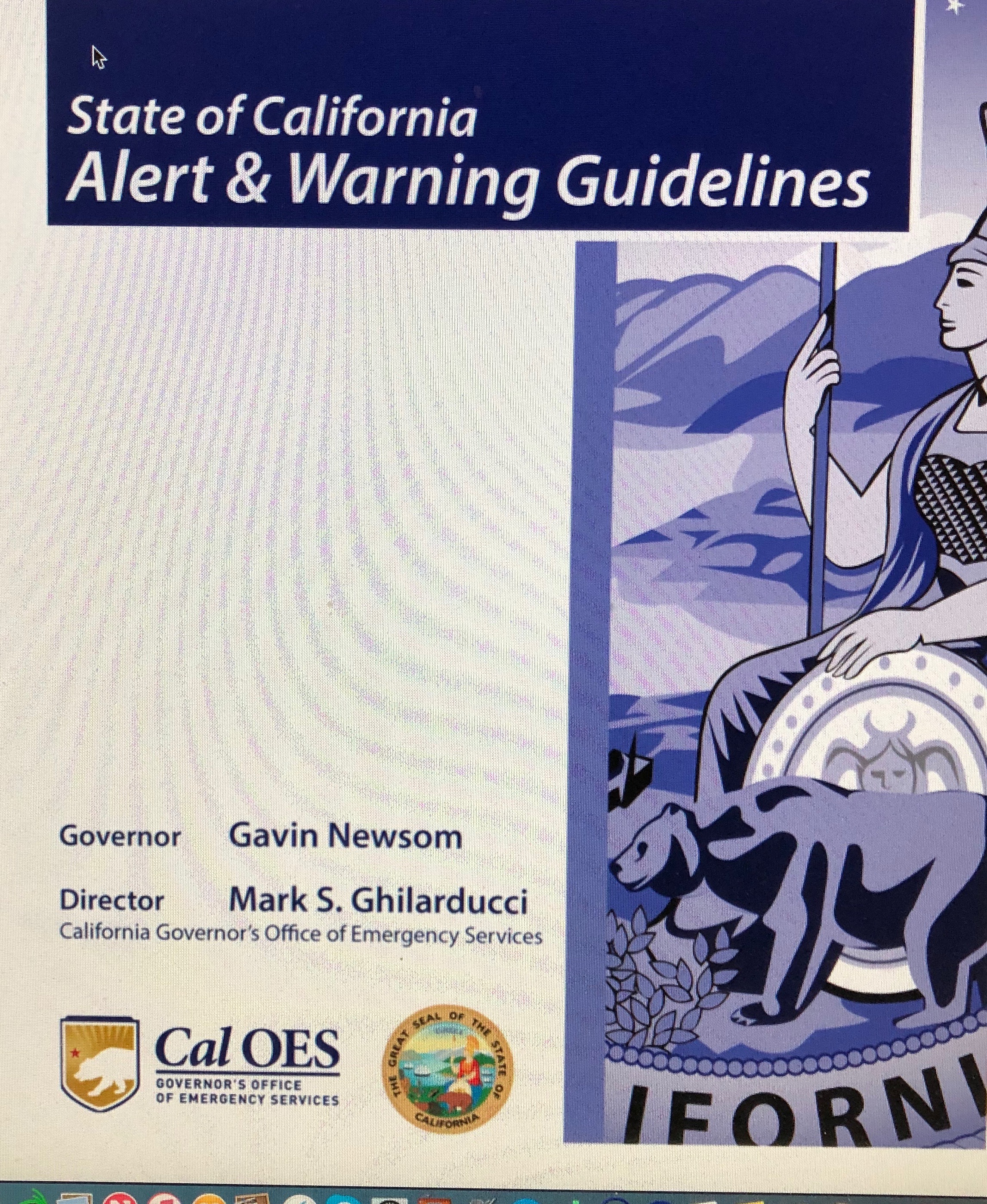Timely and relevant information is a challenge for governments, healthcare facilities, schools, and business/commerce entities.
In disaster and crisis case studies, inaccurate information and conflicting instructions is a common thread. Accurate crisis information dissemination and alerting is an essential security function, whether you are a large national organization, or a small office with 10 people.
During the 2017 and 2018 California wildfires, alerts, warnings, and evacuation instructions were sometimes late, delayed, non-existent, or inaccurate. For the record, we commend California responders and support agencies for a heroic effort that saved lives and overcame almost insurmountable challenges. Fortunately, California learned hard lessons that are now documented by the Office of Emergency Services, and available to all of us.
We urge you to study the California Alert and Warning Guidelines and apply them to suit your agency, organization, or institution. Key elements of alert and warning guidelines are:
1. An alert is a communication to attract attention to an on usual situation; a warning is intended to persuade your members or employees to take protective actions.
2. The roles/responsibilities for alerts and warnings must be clearly understood and delegated within your security procedures.
3. Information systems must be coordinated with local, state, and federal warning authorities such as FEMA, NOAA, state and federal law enforcement agencies, and local first responder agencies.
4. Don’t delay warnings because of incomplete or imperfect information; time is critical.
5. Update and refine messages as more information becomes available.
6. Implement a back up system to complement your primary system; a tertiary system is even better. Note that alert and warning technology is not within the scope of this blog.
Key Takeaway: Alert and warning procedures and technology should be a key component of your security assessment. Periodic alert and warning drills or functional exercises are effective ways to test your systems and ensure proficiency.
What are your thoughts?



